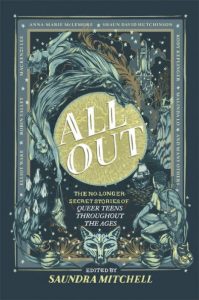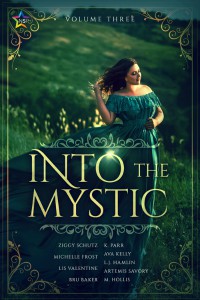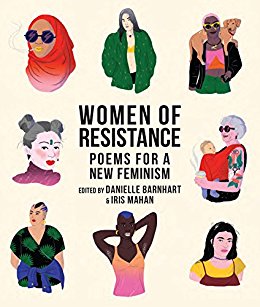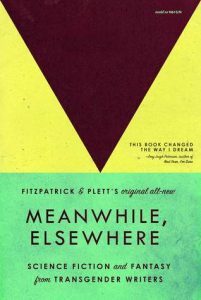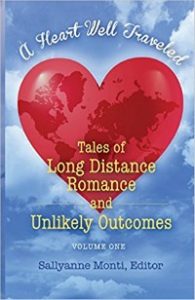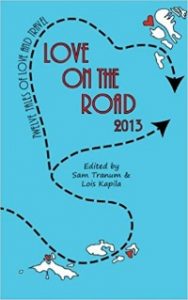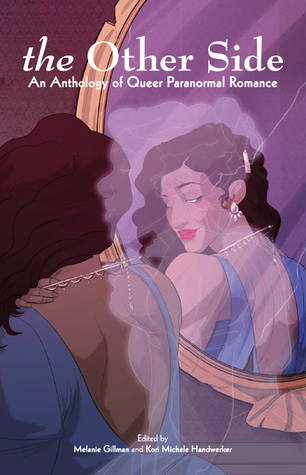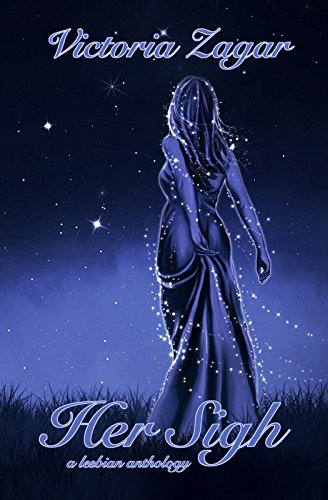[This review contains very vague spoilers (no specific plot points, though) and mentions of violence]
This exceptional short story collection, edited by Saundra Mitchell, is a sterling addition to WLW fiction. The vast majority of the seventeen stories included involve major WLW characters and without fail, every tale is breathtakingly beautiful. The historical settings range from a convent in medieval Spain, to small-town USA in the 1950s, right through to grunge-soaked Seattle in the early 1990s. Similarly, the young women included in the WLW stories vary greatly in their personalities, identities, dreams and loves. The one thing all the stories have in common is that none of the protagonists have unhappy endings. The book has successfully set out to show queer teenagers have always existed and thrived, even in the most adverse circumstances.
The heroism inherent in merely existing as a queer person is captured brilliantly in every story in All Out, with some of the stories including magic and fantasy to further heighten this theme. Leprechauns and witches–as well as peasant girls, waitresses and nuns–all show themselves to be strong, generous and brave when their circumstances would have them give up on life and love. Too often fictional portrayals of WLW in historical settings show these women to be doomed, but these stories reward their characters with happiness and promising futures. And the long past times in foreign places portrayed by the authors never feel distant given the amount of detail and nuance each story is imbued with, so that the reader is transported completely each time.
It is to the reader’s benefit not to know too much about what each story will contain, with only the promise that none end in tragedy, so there’s no need to be anxious when reading. Inevitably certain historical settings mean there are depictions of violence at times, but this is not the over-riding theme of any story, with queer love stories and self-discovery always emerging victorious.
Do not miss this book, it is a glorious expression of the love and light that has always filled WLW.

